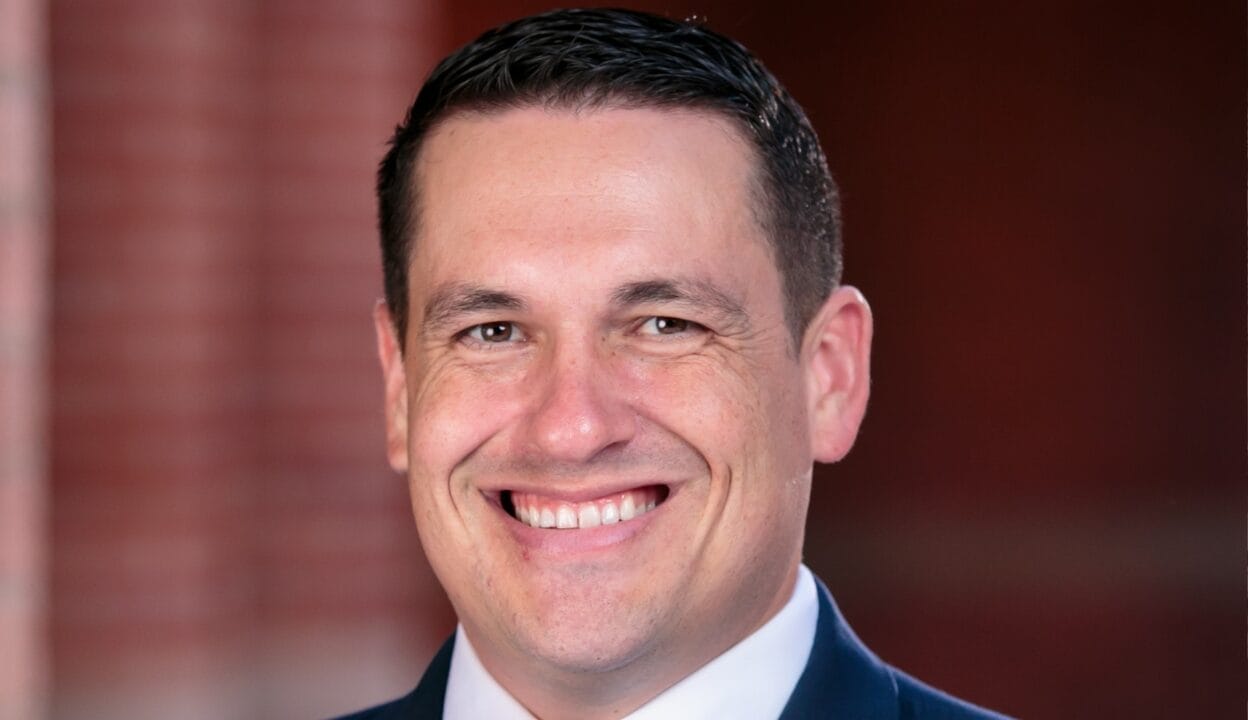It’s the goal of every allocator to deliver alpha and beat their benchmarks, and one way to achieve this is to home in on the amount of tracking error taken across different parts of the portfolio.
It’s why Frank Mihail, CIO of the $8 billion North Dakota Department of Trust Lands, a sovereign wealth fund that invests North Dakota’s oil revenues to finance public schools across the state, is rolling out a core-satellite approach to portfolio construction that he believes will have an instrumental impact on controlling tracking error.
Mihail oversees a diversified all-weather portfolio comprising a 75 per cent allocation to alternatives, divided between private market (45 per cent) and long short active management (30 per cent) with the remainder in passive strategies. In conversation with Top1000funds.com from the fund’s Bismarck offices, Mihail turns to North Dakota’s public equity book to illustrate the strategy in action.
The endowment has three line items in the US equity allocation – one passive large cap and two (large cap and small cap) actively managed long-short extension allocations, he explains.
“The idea behind the barbell strategy of passive, and long short extension strategies which come with more tracking error than traditional long only active management, is that it gives managers the tools to be able to make money in a bear market.”
The extension managers run at 6-8 per cent tracking error, but when this is blended with zero tracking error in the passive allocation, it reduces to a 3 per cent tracking error for the total US book. “This is where we feel comfortable right now, but if we want more tracking error next year, we can dial up by reallocating more from passive to active.”
Mihail, who joined North Dakota in 2023 from the Public Employees Retirement Association of New Mexico (PERA), introduced the same portfolio construction in the real estate portfolio that same year. The allocation had an investable benchmark from its fund of funds manager. This became the passive beta, or home base, for the allocation. Based on this, two satellite managers allocate to secular tailwinds like industrial and were then tasked with driving excess returns beyond passive beta.
The problem with infrastructure benchmarks
Mihail has now turned his attention to infrastructure, where North Dakota has a 7 per cent target allocation. Yet the core-satellite portfolio construction is more complicated in infrastructure because of the lack of benchmarks that accurately reflect the volatility and risks investors face in the asset class.
For example, public market volatility is often benchmarked to a private market portfolio which can destroy total portfolio alpha. Risk mismatch is another issue. “In infrastructure, there is a spectrum of risk from core to core plus, value add and opportunistic and investors want to home in on their target risk profile. The benchmarks available don’t’ meet the need for allocators for different reasons.”
To get around the problem, Mihail is working on developing a bespoke infrastructure benchmark on which to build the same core-satellite approach. He says the CFA Institute’s seven properties of a valid benchmark under the acronym SAMURAI are guiding a construction process where he is particularly mindful of the importance of making it investable – many benchmarks that get constructed are just theoretical and therefore don’t reflect a true opportunity cost, he says.
“The Russell 1000 is investable – you can go out and buy 1000 names and ETF products. One of the most popular infrastructure benchmarks is CPI +3 per cent, but you can’t buy this if you want to invest in it. Only with an investable benchmark that reflects a true opportunity cost is it possible for boards to measure outperformance and align incentives with staff. Investable benchmarks allow for incentive compensation to become a reality.”
Instead of throwing “darts at a board” and hoping for the best, investable benchmarks that reflect zero tracking error support consistent alpha generation and the wider goals of the portfolio, he continues. With a clear definition of how much active risk they want to take away from the benchmark, investors can target active managers who can deliver those excess returns.
“There is no alpha unless you can define what the benchmarked, or index beta, is first. This is the North Star, and once you have defined this, you can go and allocate to active managers that you believe can deliver excess returns. If these managers deliver more tracking error than you want, investing in passive beta becomes a portfolio construction tool that allows you to dial tracking error back to target.”
The benefits of only a few line items
Mihail attributes his ability to dedicate time to devising benchmarks and fine-tuning tracking errors to another unique characteristic of North Dakota’s portfolio: the lack of line items. There are only 40 in the whole portfolio so he is not buried in operational issues like setting up new accounts or issuing capital calls.
The administrative burden of investment is also contained by his preference for evergreen structures that don’t have the same operational intensity of closed-end funds, where managers return to market for repeated vintages.
In the venture capital allocation, the fund invests with just three blue chip managers across sectors and stages in a highly concentrated book and Mihail relies on the managers to provide underlying diversification via different products and sectors, seed and later stage exposure.
It’s a similar story in private equity which comprises just one line item with a fund of funds manager.
“The liquidity challenge is big in private equity right now, and a lot of our peers are overweight. We are not facing the same challenges partly because we don’t have any liabilities and don’t have to touch our principal to meet distributions.”
He recently expanded private credit (it has a 20 per cent target) with additional exposure to asset-backed and opportunistic strategies in the secondaries space.
Mihail concludes that the portfolio held up well during recent market volatility, partly because of the low allocation to public equity and being well-positioned for the rotation out of the US into international equity.
“The ACWI index is about two-thirds US one third international, we target a 50:50 split which positioned us quite nicely going into US sell-off,” he says.


